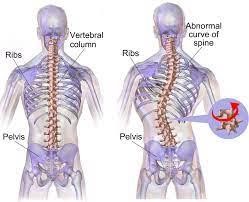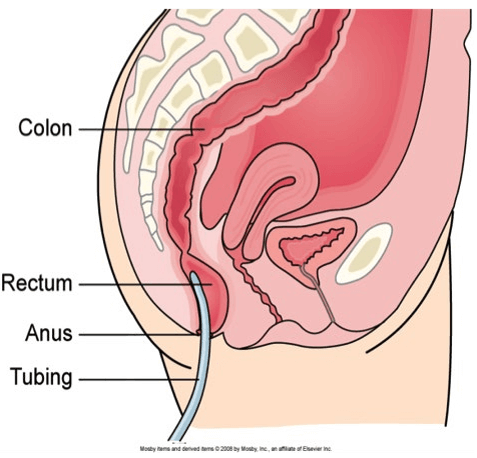A nurse is providing client teaching about the basal body temperature method of birth control. Which of the following information should the nurse include in the teaching?
"Your body temperature will drop approximately 1 degree 1 week after ovulation."
"You should take your body temperature each evening prior to going to sleep."
"Your body temperature might decrease slightly just prior to ovulation."
"Your body temperature is at its highest during menstruation."
The Correct Answer is C
A. This choice is incorrect because the body temperature does not drop 1 degree 1 week after ovulation. The body temperature rises slightly (about 0.4 to 0.8 degrees Fahrenheit) after ovulation and remains elevated until the next menstrual period.
B. This choice is incorrect because the body temperature should be taken each morning before getting out of bed or doing any activity. Taking the temperature in the evening can result in inaccurate readings due to variations in daily activities, meals, stress, exercise, etc.
C. This choice is correct because the body temperature might decrease slightly (about 0.2 degrees Fahrenheit) just prior to ovulation due to a surge in estrogen levels. This dip in temperature can indicate that ovulation is about to occur and that the client should avoid unprotected intercourse if she wants to prevent pregnancy.
D. This choice is incorrect because the body temperature is not at its highest during menstruation. The body temperature drops at the onset of menstruation due to a decline in progesterone levels and marks the beginning of a new cycle.
Nursing Test Bank
Naxlex Comprehensive Predictor Exams
Related Questions
Correct Answer is B
Explanation
Choice A reason:
Mild pain in the hip region can be caused by various musculoskeletal issues, such as muscle strains, bursitis, or even referred pain from other areas. It is not a characteristic symptom of scoliosis.
Choice B reason
Scoliosis is characterized by an abnormal sideways curvature of the spine, which can cause uneven shoulders and pelvic heights. As the spine curves abnormally, it can lead to asymmetry in the shoulders and hips, which are noticeable during physical examination. This asymmetry is a key clinical sign that suggests the presence of scoliosis.
Choice C reason:
Limited range of motion (ROM) of the hips is more likely related to hip joint issues or musculoskeletal conditions affecting the hips, not specifically scoliosis.
Choice D reason:
Exaggerated curvature of the sacrum may indicate other spinal abnormalities or conditions affecting the lower back, but it is not typically associated with scoliosis, which primarily affects the curvature of the spine higher up in the thoracic or lumbar regions.

Correct Answer is C
Explanation
An oil retention enema is used to soften the stool and lubricate the rectum, making it easier to pass the
stool. It is usually oil-based and contains 90-120 ml of solution.
The temperature of the enema solution affects the effectiveness and comfort of the procedure. If the solution is too hot or cold, it can cause pain, cramps, or damage to the rectal tissue. If the solution is too warm, it can also stimulate peristalsis and cause the client to expel the enema before it has time to work.
The ideal temperature for an enema solution is close to the client's body temperature, which is around 98°F or 36°C. This temperature ensures that the solution is comfortable and does not cause adverse reactions .

Whether you are a student looking to ace your exams or a practicing nurse seeking to enhance your expertise , our nursing education contents will empower you with the confidence and competence to make a difference in the lives of patients and become a respected leader in the healthcare field.
Visit Naxlex, invest in your future and unlock endless possibilities with our unparalleled nursing education contents today
Report Wrong Answer on the Current Question
Do you disagree with the answer? If yes, what is your expected answer? Explain.
Kindly be descriptive with the issue you are facing.
